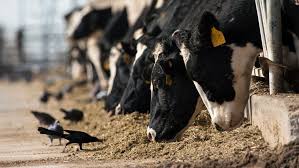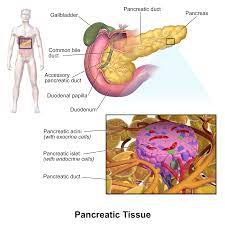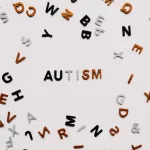The recent outbreak of bird flu in US cattle has sparked concerns among researchers about the adequacy of data collection and reporting, potentially hindering efforts to contain the virus. Known as H5N1, the influenza strain has primarily affected birds historically but has now crossed over to cattle, raising alarms among experts about its future implications for human health.
Isabella Eckerle, from the Geneva Centre for Emerging Viral Diseases, warns that the current surveillance efforts are inadequate. “We are not doing enough,” she emphasizes, pointing out the critical need for timely and comprehensive data on the spread and evolution of the virus.
While H5N1 in its current form does not readily transmit between humans, virologists like Thomas Peacock note concerning adaptations in the virus that enhance its replication in mammalian hosts — a potential precursor to increased transmissibility among humans. However, the exact extent of these adaptations and their implications remain unclear due to gaps in data availability.
The United States Department of Agriculture (USDA) has been at the forefront of surveillance and response efforts. Shilo Weir, a USDA public-affairs specialist, asserts that the agency’s animal health network has effectively identified emerging disease trends early on. Nevertheless, criticisms persist regarding the delay in releasing crucial information such as viral sequences and detailed outbreak data.
Jonathan Pekar, an evolutionary biologist at the University of California, San Diego, argues that the current infrastructure is insufficient to prevent future pandemics, highlighting a need for more robust surveillance and transparency in data sharing.
As of late April, the USDA has mandated increased testing of dairy cows and requires reporting of positive influenza A cases, aiming to better understand the virus’s spread and mitigate further outbreaks. However, researchers stress the importance of expanding testing to include antibody studies and more extensive sampling of infected animals to accurately gauge the virus’s prevalence and transmission dynamics.
Meghan Davis, an epidemiologist at Johns Hopkins Bloomberg School of Public Health, criticizes the lack of transparency in data sharing, which she believes undermines response capabilities. She advocates for greater incentives for farmers to participate in testing and reporting suspected cases.
Looking ahead, experts emphasize the urgent need for comprehensive data to inform effective response strategies. Depending on the virus’s spread and evolution, decisions ranging from culling affected herds to managing H5N1 as a persistent cattle reservoir may need to be considered.
In conclusion, while efforts are underway to contain the bird flu outbreak in US cattle, the effectiveness of these efforts hinges on improved data collection, transparency, and collaboration between researchers, government agencies, and the agricultural community. Without these measures, the path forward remains uncertain in the face of a potential public health crisis.












